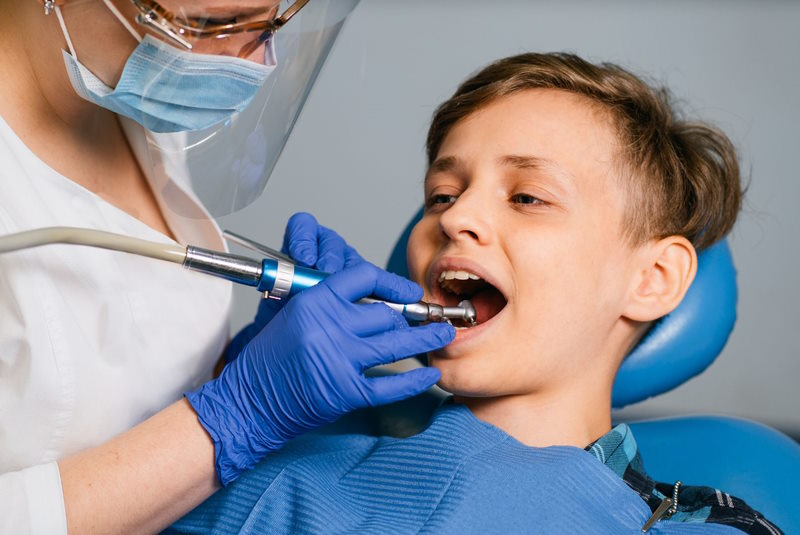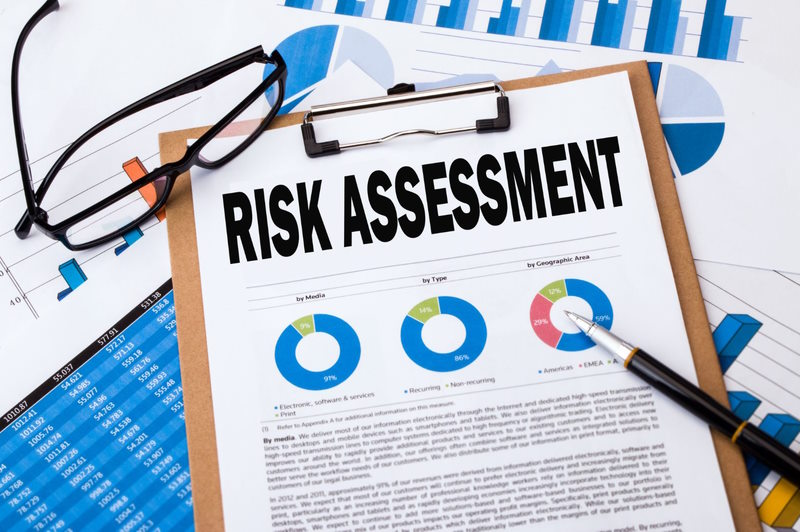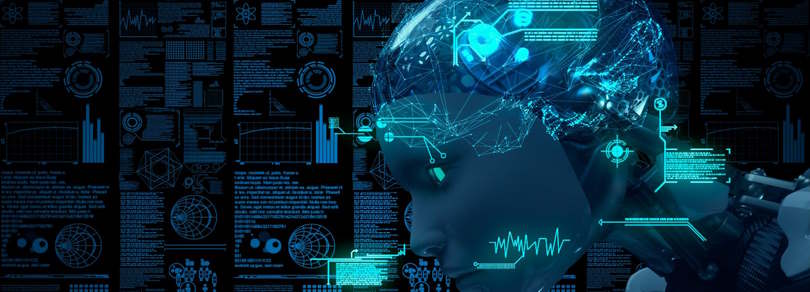
Gamifying Preventive Dentistry: How Games Can Improve Dental Health
February 18, 2023
Revolutionizing Dentistry with AI and Personalized Risk Assessment
February 27, 2023The Future of Dentistry:
How AI is Revolutionizing Diagnosis

Artificial intelligence (AI) is transforming the way we approach many aspects of healthcare, including dentistry. AI has the potential to improve the accuracy and efficiency of dental diagnoses, while also making dental care more personalized and tailored to individual patients. In this blog post, we’ll explore the application of AI for diagnosis in dentistry and how it’s revolutionizing the field.
What is AI for Diagnosis in Dentistry?
AI for diagnosis in dentistry is the use of computer algorithms to analyze digital dental images and detect dental anomalies and diseases. AI algorithms can detect abnormalities and diseases at an earlier stage than human dentists, leading to more accurate diagnoses and more timely treatments. AI for diagnosis in dentistry is already being used in some dental practices around the world, and its use is expected to increase in the coming years.
Benefits of AI for Diagnosis in Dentistry
There are several benefits of using AI for diagnosis in dentistry, including:
- Improved accuracy: AI algorithms can analyze digital dental images and identify anomalies that may be difficult for human dentists to detect. This can lead to more accurate diagnoses and more effective treatments.
- Faster diagnosis: AI algorithms can analyze digital dental images in a matter of seconds, allowing dentists to make quicker and more timely diagnoses.
- More personalized treatment: AI algorithms can analyze patient data and make predictions about which treatments are most likely to be effective for a particular patient. This can help dentists provide more personalized and targeted treatments.
- Cost savings: AI for diagnosis in dentistry can help reduce the cost of dental care by reducing the need for additional testing and procedures.
How AI for Diagnosis in Dentistry Works
AI for diagnosis in dentistry works by analyzing digital dental images using computer algorithms. The algorithm compares the image to a large dataset of images and identifies any abnormalities or anomalies that may be present. The algorithm then provides a diagnosis based on the analysis of the image.
The use of AI for diagnosis in dentistry is not meant to replace human dentists, but rather to augment their expertise. The algorithm provides an additional layer of analysis and can help dentists make more informed decisions about diagnosis and treatment.
Challenges and Limitations of AI for Diagnosis in Dentistry
While there are many benefits to using AI for diagnosis in dentistry, there are also some challenges and limitations to consider. One of the primary challenges is the need for large amounts of high-quality data to train the algorithms. In addition, there may be limitations to the accuracy of the algorithms in certain cases, and the use of AI for diagnosis in dentistry may be limited by factors such as cost and availability.
Conclusion
AI for diagnosis in dentistry has the potential to revolutionize the field by improving the accuracy and efficiency of dental diagnoses, while also providing more personalized and targeted care. While there are challenges and limitations to consider, the use of AI for diagnosis in dentistry is expected to increase in the coming years as technology continues to advance. Dental practices that embrace this technology will be better equipped to provide their patients with the highest quality care available.
